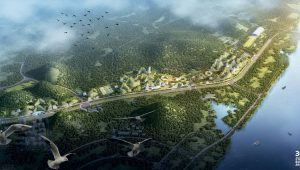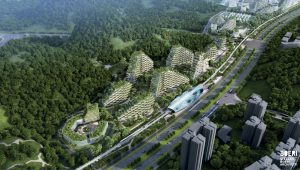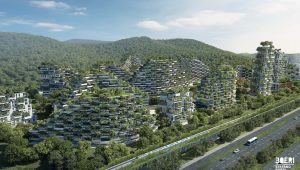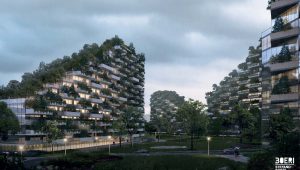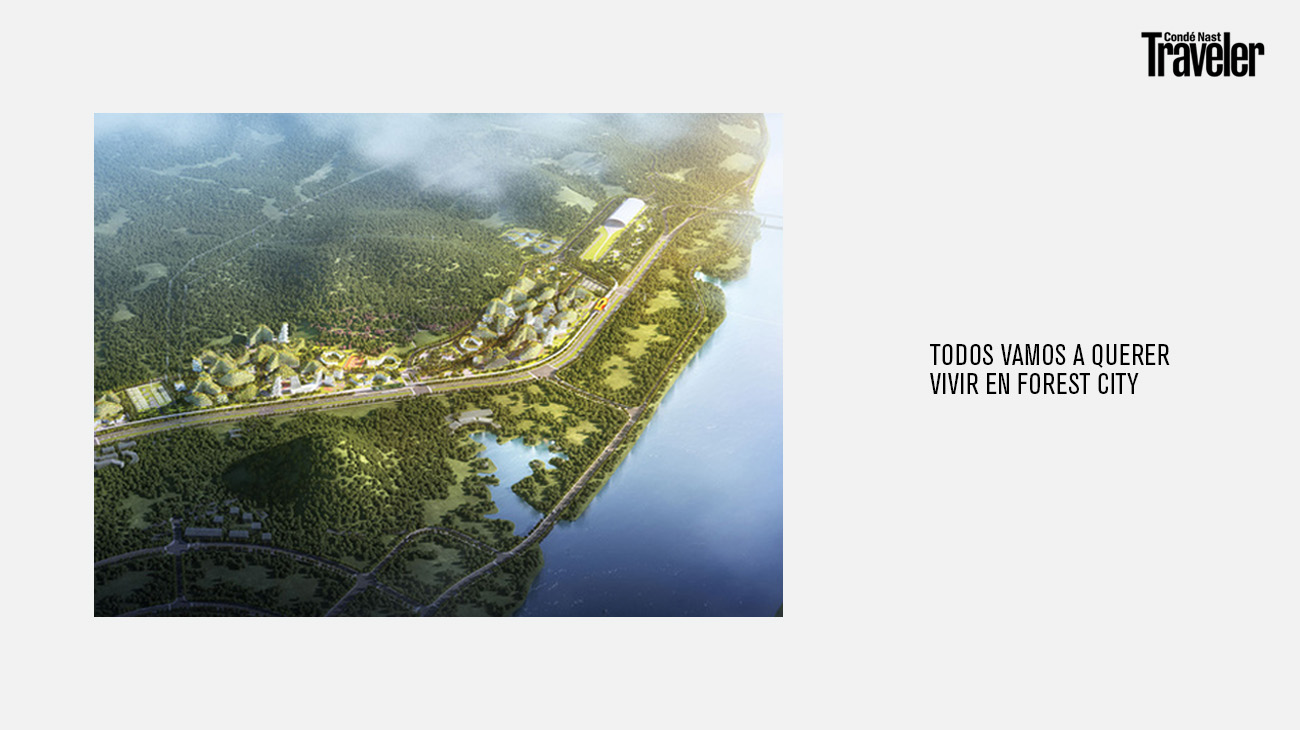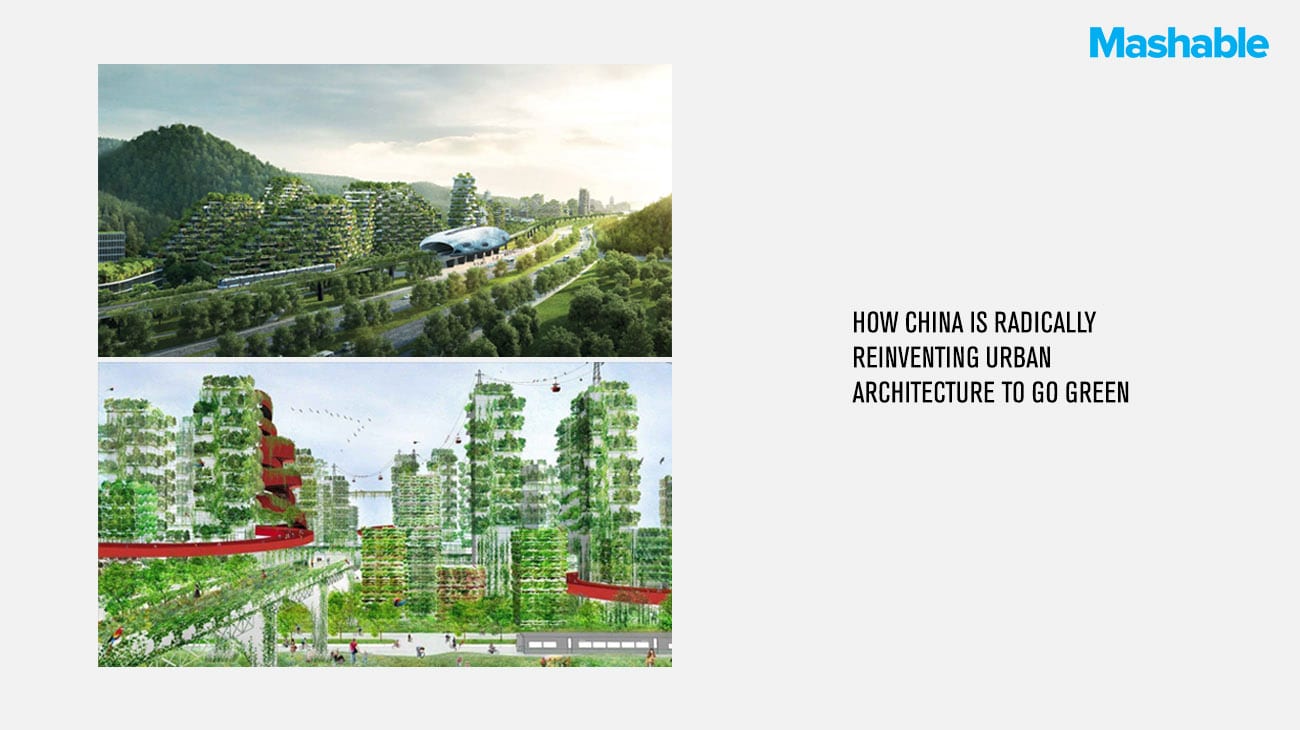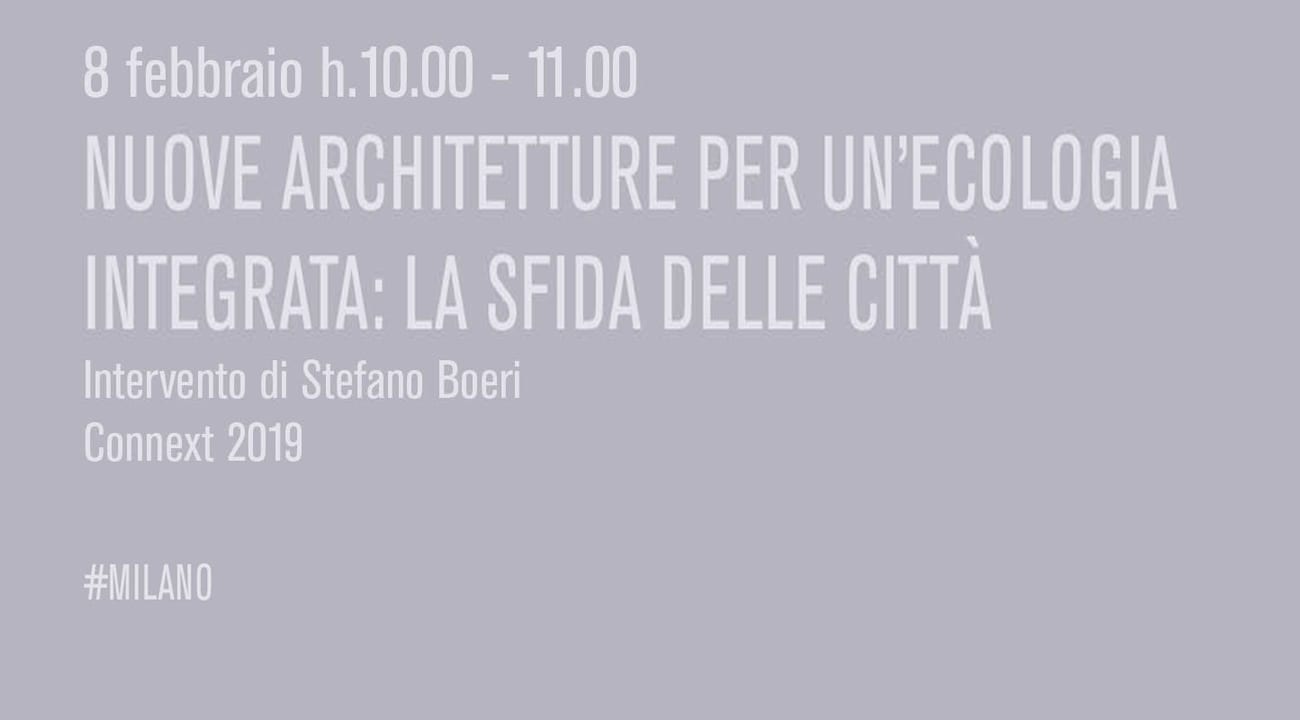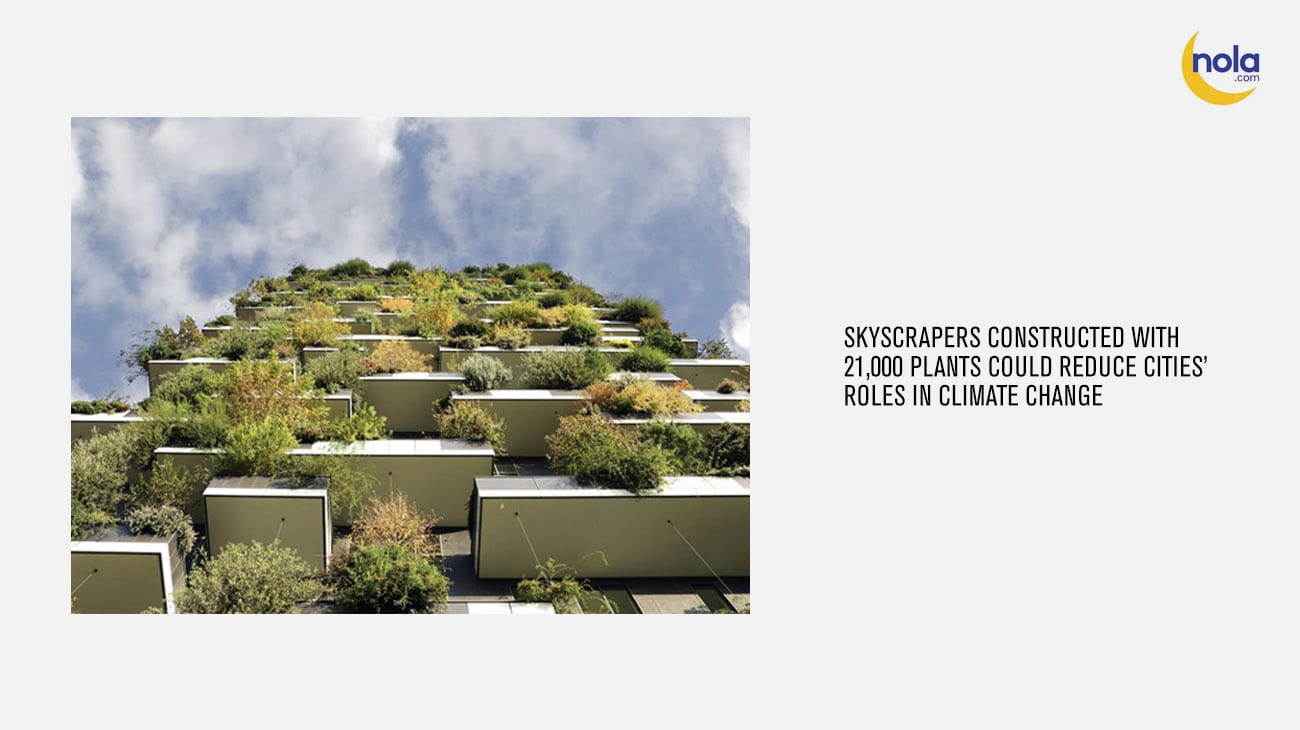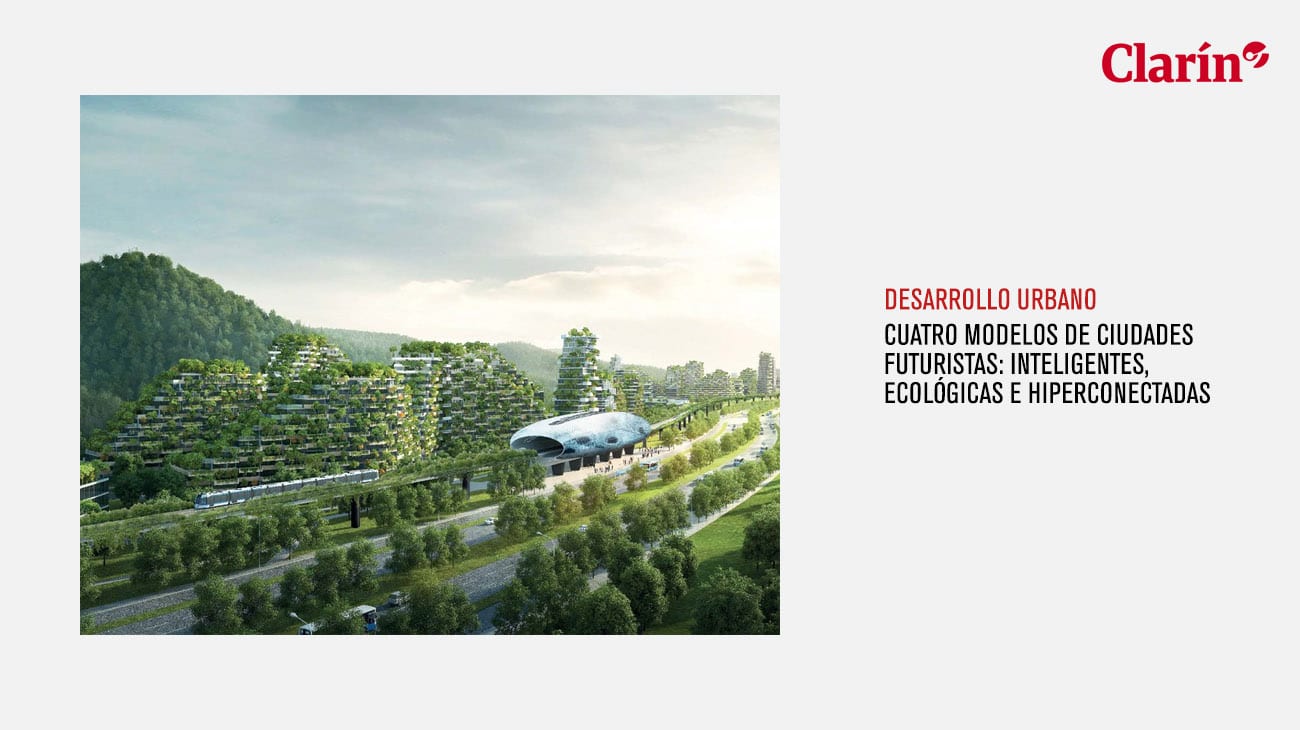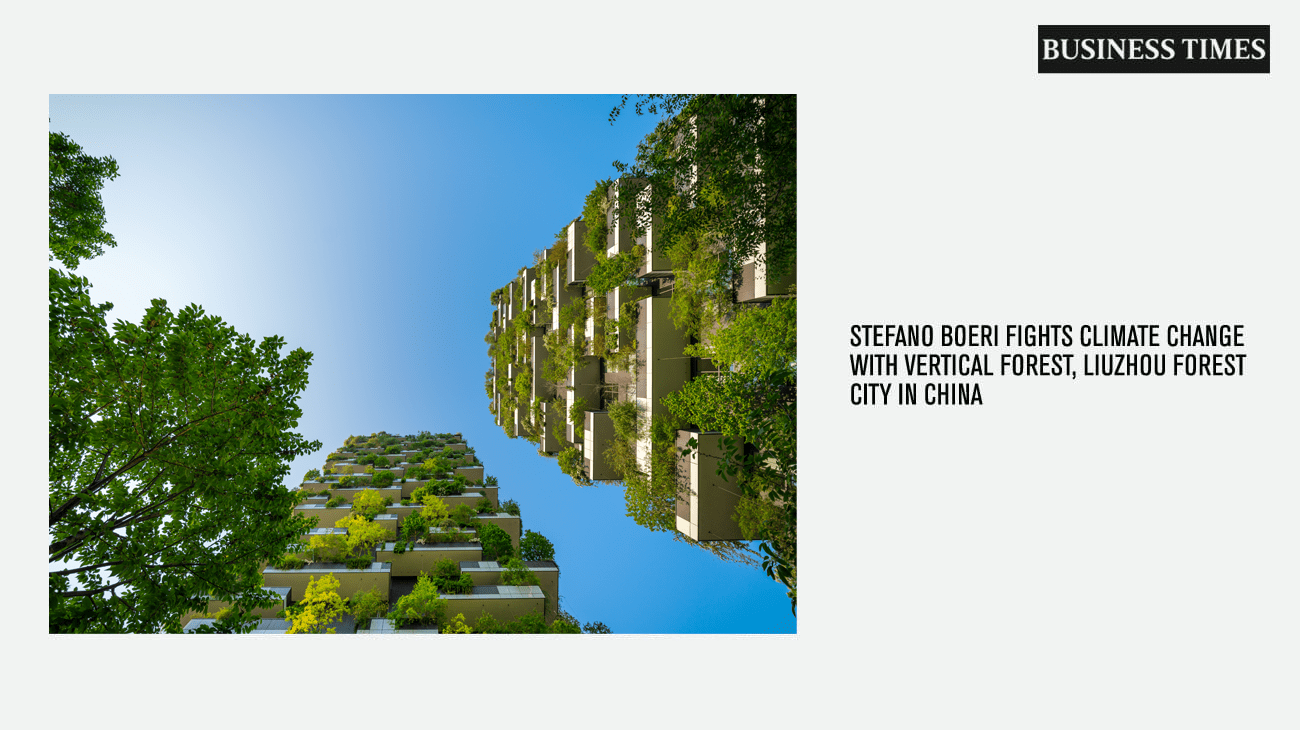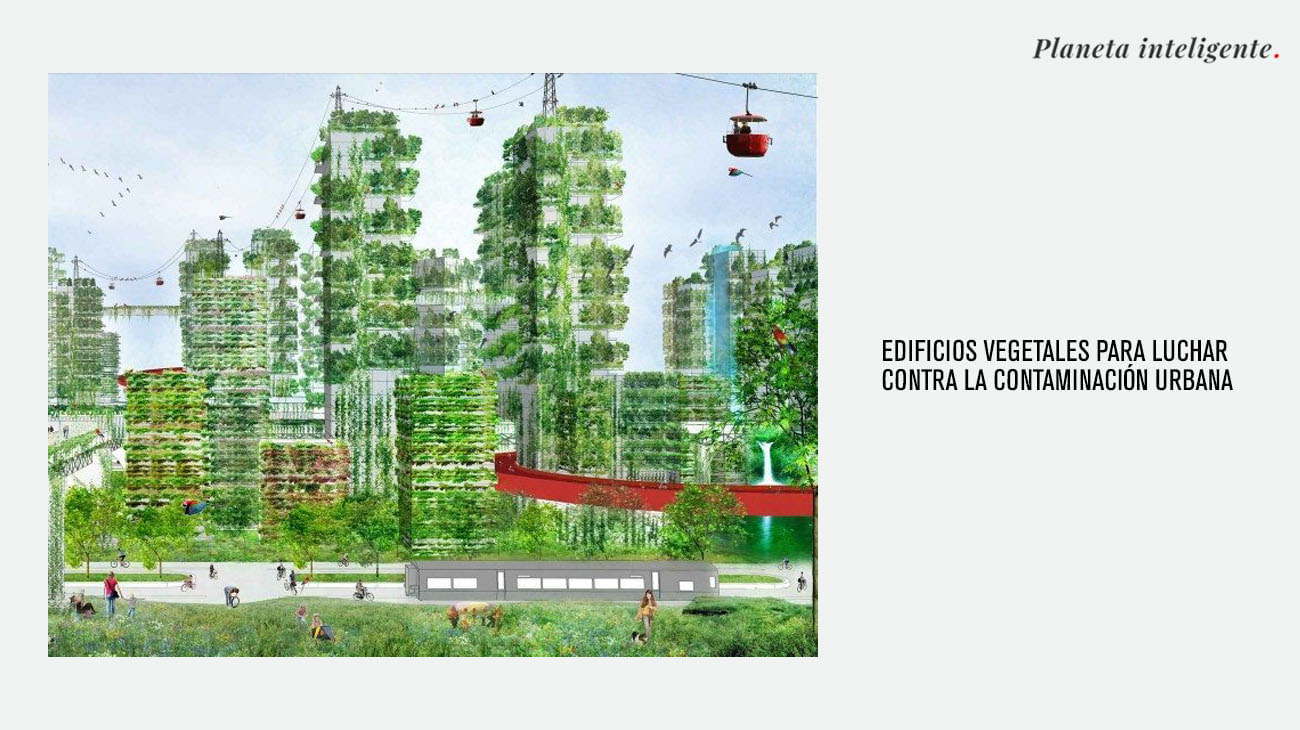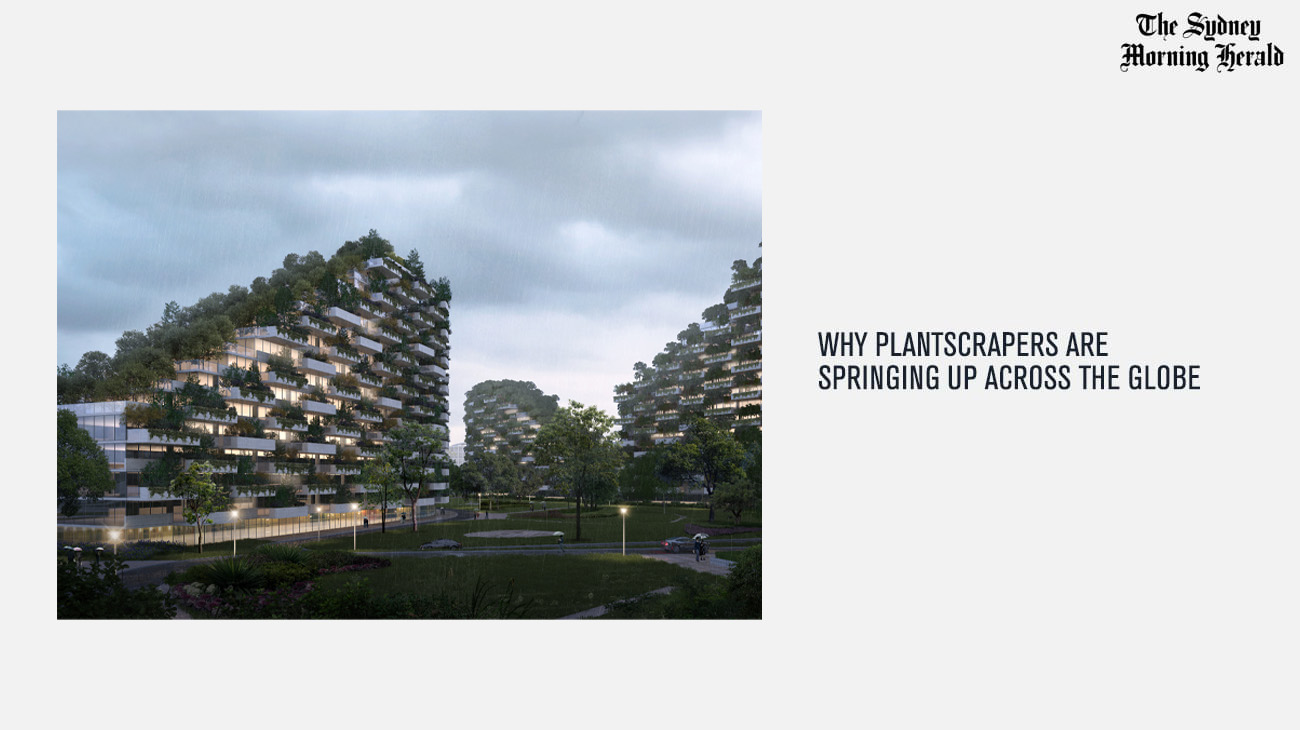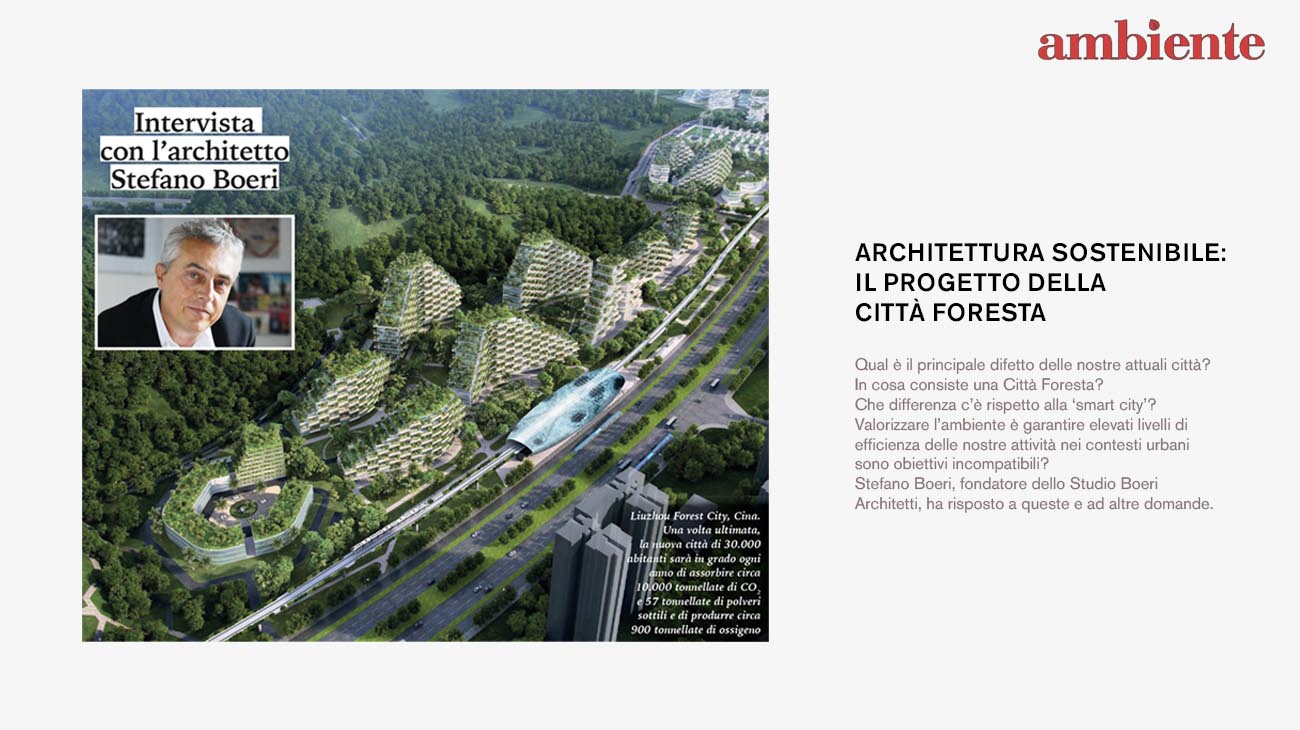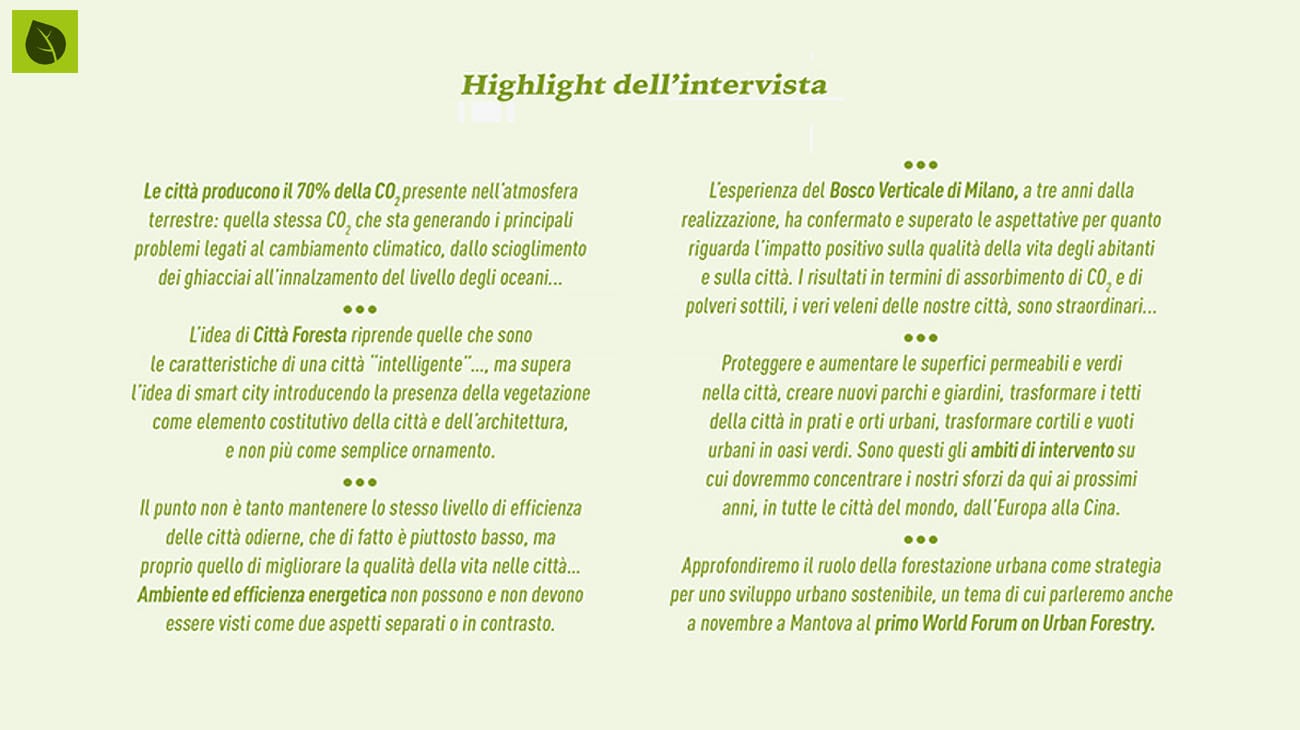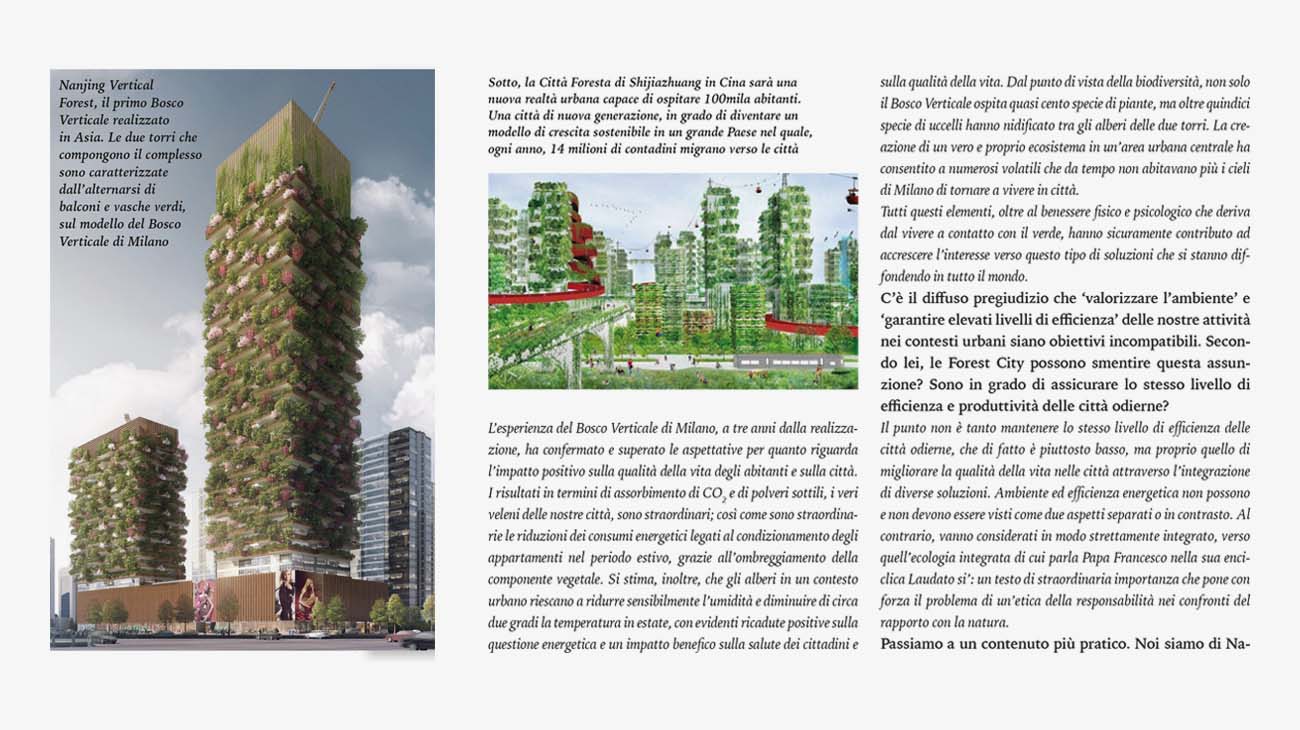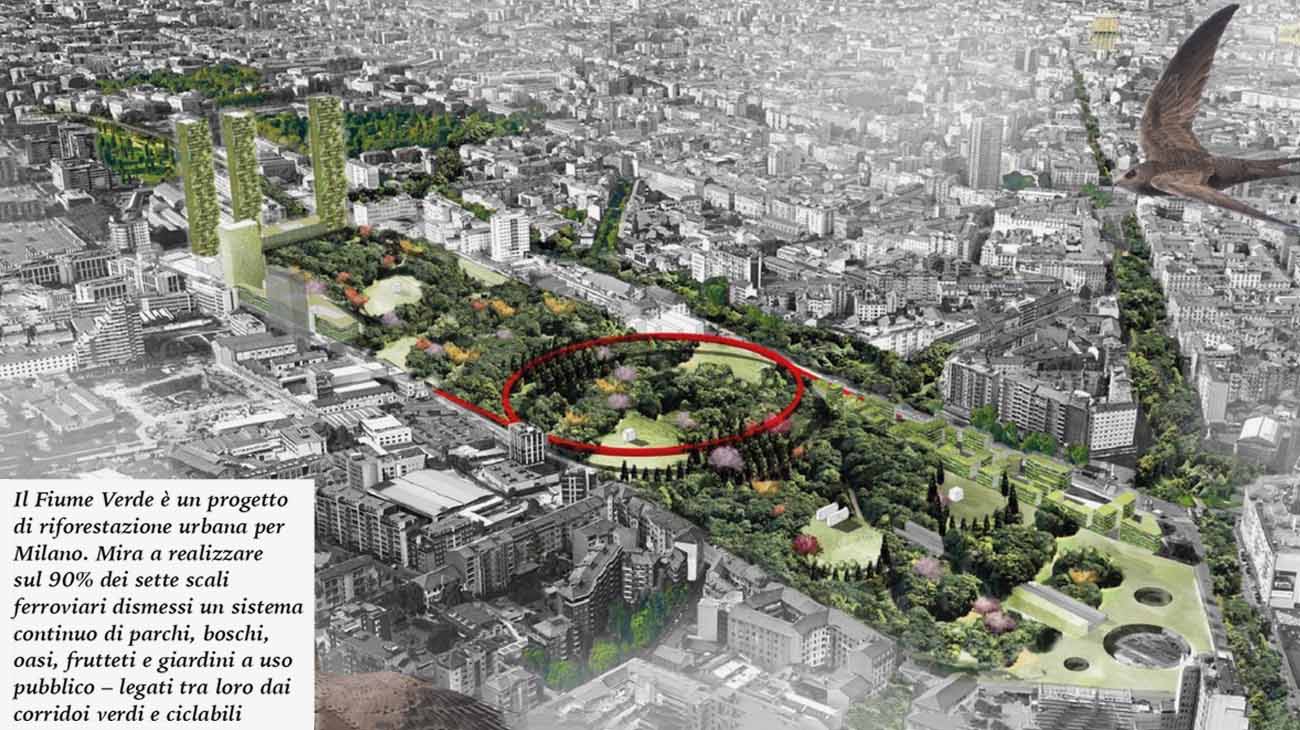Located north of Liuzhou, a Chinese city of about one and a half million inhabitants in the mountainous Southern province of Guangxi (one of the world’s most smog-affected urban areas due to overpopulation), Liuzhou Forest City is the first Forest City in the world: an urban body in which offices, houses, hotels, hospitals and schools are almost entirely covered by plants and trees of a wide range of varieties and sizes. Spread over an area of around 175 hectares along the Liujiang River, the masterplan commissioned by Liuzhou Municipality Urban Planning is currently being implemented. The project extends the successful experimentation already underway for the first time in Milan with the Vertical Forest building-prototype, proposing and developing a model of architecture and habitat capable of interpreting the theme of biodiversity on an urban scale and redefining the relationship between humans and other living species. In addition to hosting about 30,000 inhabitants, the new city will provide a comfortable living environment for plants and trees on all buildings: in all, the Liuzhou Forest City will host about 40,000 trees and 1 million plants from more than 100 different species.
The new urban organism designed and developed for the Chinese city of Liuzhou by Stefano Boeri Architetti will work like a large sustainable machine in that it will be able to absorb about 10,000 tons of CO2 and 57 tons of micro-particles every year, producing about 900 tons of oxygen at the same time thereby combating the serious problem of air pollution in an effective and indepth way thanks to the multiplication of urban draining and plant surfaces. The distribution of plants not just along the avenues in parks and gardens but also on the facades of buildings means that a city already designed to be self-sufficient in terms of energy will also be able to improve air quality, reduce the average temperature of the urban heat island, generate a barrier against accoustic pollution and increase the biodiversity of living species through the generation of a rich ecosystem of living spaces for birds, insects and small animals that already inhabit the territory surrounding Liuzhou. In addition, in terms of an inhabited settlement, the new Liuzhou Forest City has been conceived and developed as a real “porous model”: an urban organism that is sensitive and attentive to the specific qualities and values of the environment. This design approach develops naturally starting from the planimetric layout, designed to integrate harmoniously with the geography of the surrounding mountains, follow their morphology and incorporate the particular qualities of the local landscape. This approach also corresponds to a careful study of the technological, infrastructural and distribution characteristics of the large urban complex.
Completely connected, the new green city will be linked to the nearby centre of Liuzhou through a highly efficient fast railway infrastructure and a road network reserved exclusively for electrically-powered cars. The Liuzhou Forest City is intended to house different types of residential areas and a full range of facilities, combining commercial and hospitality spaces and various public services including two schools and a hospital. The master plan developed by Stefano Boeri Architetti envisages a green city with all the characteristics of an urban settlement that is fully self-sufficient from an energy consumption point of view, starting with the use of geothermal energy for the interior spaces of buildings and the rooftop installation of high efficiency solar panels for the capture of renewable wind energy. Thanks to this integrated approach, for the first time in the world an urban area will be able to combine meeting the challenge of substantially reducing air pollution – a crucial and unavoidable theme for big cities not just in China, but also elsewhere – with the application of large scale solutions for renewable energy and self-sufficiency. In this way, the Liuzhou Forest City project continues and extends the research carried out by Stefano Boeri Architetti towards a new Biodiversity Season, i.e. the development of a new generation of urban architecture and cities capable of meeting the problematic challenge of climate change in a radical manner while presenting themselves as project models for the future of the planet.

